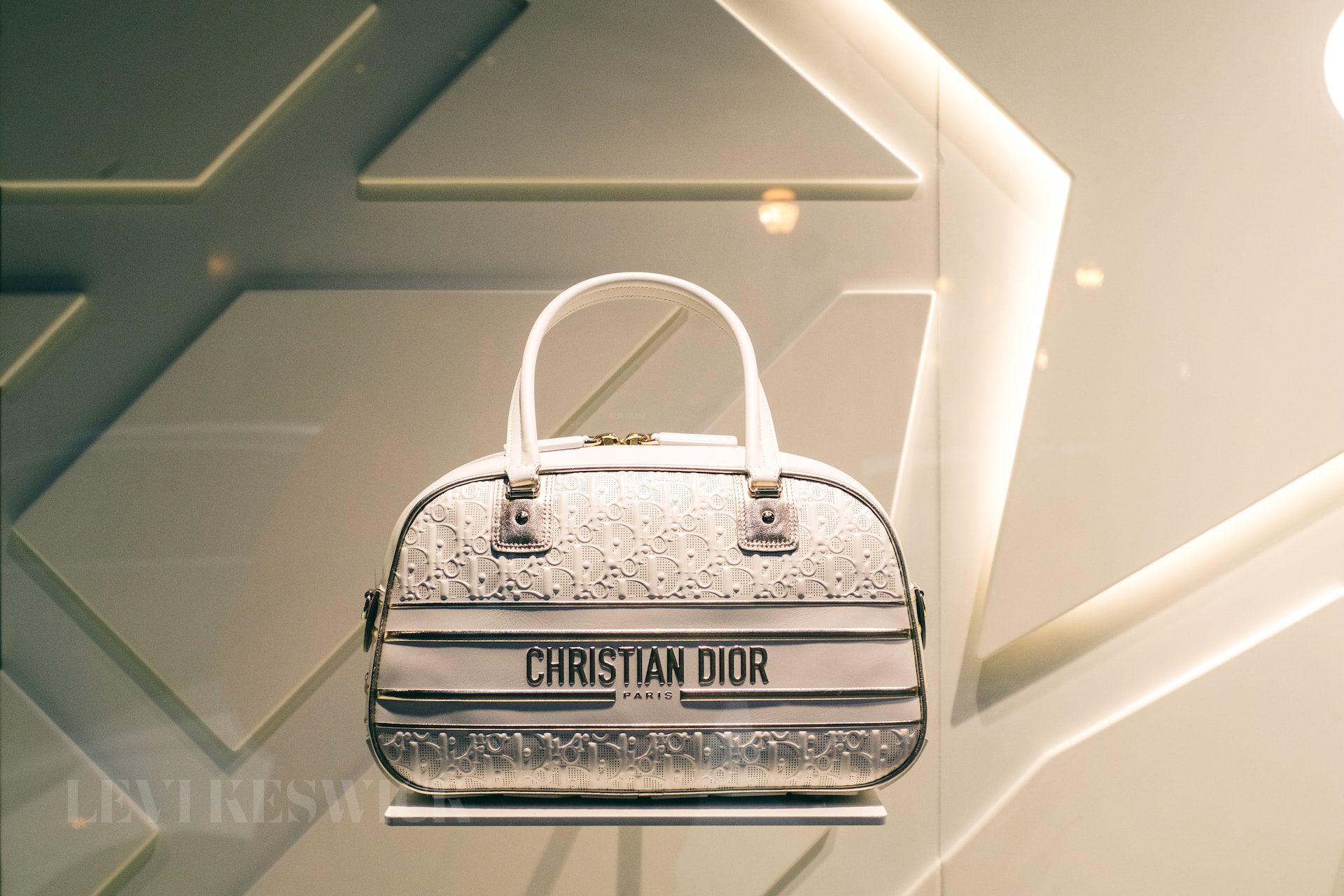Key Takeaways:
- Dior and Chanel are emblematic of French luxury fashion, each with a distinct philosophy and aesthetic.
- Christian Dior emphasized femininity and sophistication in design, while Chanel, under Gabrielle “Coco” Chanel, focused on comfort, practicality, and breaking fashion norms.
- Price points between the two brands differ, with Chanel typically commanding a higher price tag, reflecting its market positioning.
- Chanel’s exclusivity and stringent buying policies contrast with Dior’s more accessible approach to luxury.
- Celebrity endorsements and royal patronage add a layer of allure and prestige to both brands.
- Social media presence is a modern battleground for these brands, with each leveraging platforms to engage different demographics.
- Product range comparison shows that while overlapping in categories, the brands maintain unique offerings aligned with their heritage.
Elegance in Competition: The Legacy of Luxury
In a world where luxury is often synonymous with exclusivity and grandeur, few names conjure the image of high fashion as vividly as Dior and Chanel. These two fashion houses, steeped in history and rich in narrative, have crafted their legacies thread by meticulous thread. Each stands as a bastion of style and sophistication, yet their paths to iconography and the philosophies that underpin their designs are as contrasting as their founders’ visions. Here we dissect the elements that set them apart and the unique allure they hold in the pantheon of haute couture.
A Tale of Two Visions
Dior: The Sculptor of Silhouettes
Christian Dior’s vision came to life in a post-war era, breathing new life into the fabric of women’s fashion. His designs spoke of romance and luxury, with cinched waists and voluminous skirts that redefined the female silhouette. This was more than clothing; it was a cultural statement, a renaissance of feminine grace in the wake of global strife. Dior’s New Look was a revelation, offering women a way to reclaim their elegance and poise.
Chanel: The Architect of Liberation
Gabrielle “Coco” Chanel charted a different course. Her mission was liberation—from the restrictive corsets, from the status quo. Chanel’s design ethos was built on the pillars of comfort, practicality, and subtle defiance. Her suits and dresses borrowed from menswear, championing a new freedom in women’s fashion. Where Dior sculpted, Chanel stripped back, presenting the world with a vision of women’s fashion that was as functional as it was chic.
The Cost of Couture
The price of luxury is often steep, and in the echelons where Dior and Chanel reside, it spells exclusivity. Chanel, with its yearly price hikes and tightly controlled product releases, holds its place as the zenith of aspirational shopping. The high cost of their garments, especially their bridal and haute couture lines, underlines Chanel’s positioning as a brand not just of style, but of status.
In contrast, Dior, while still a beacon of luxury, offers a somewhat more gentle slope on the financial climb to haute couture. The brand’s pricing strategy allows a broader demographic to drape themselves in Dior, bringing a touch of luxury to a wider audience without compromising on the craftsmanship or the cachet that comes with the name.
Exclusivity vs. Accessibility
Chanel’s allure is tightly bound to its exclusivity. Its classic bags, for instance, are trophies for the few, with restrictions that limit purchases and ensure that Chanel products remain tantalizingly out of reach for the many. This strategy has created an aura of desire around the brand, a certain untouchability that fuels the fires of aspiration.
Dior takes a different tack, embracing the concept of accessible luxury. There are no such purchase limits here, no barriers to entry other than the price itself, which positions Dior as the more approachable of the two, without diminishing its luxury standing.
The Charm of Patronage
Both houses boast an enviable roll call of celebrity endorsements and royal favor. Dior’s demure and refined lines have often been the choice of royalty, while Chanel’s blend of comfort and elegance has found favor among the stars of the silver screen and beyond. This patronage is a testament to the versatility and enduring appeal of both brands, each with its own narrative woven into the lives of the influential.
Masters of the Digital Runway
In the digital age, the battleground of popularity and influence has shifted to social media, and here, both Dior and Chanel flex their following. With millions of devoted fans across platforms, they engage in a new kind of fashion show, one played out in likes, shares, and hashtags. While the numbers may lean towards Chanel as the more followed brand, Dior’s digital strategy has shown impressive engagement, speaking to a brand that knows its audience and how to captivate them.
Diversity in Range: A Comparative Glance
When it comes to the product range, both Dior and Chanel offer a full suite of luxury goods—from clothing to accessories, beauty, and fragrances. However, their offerings are tinged with their brand philosophies. Chanel’s fragrances, for instance, are iconic, with Chanel No. 5 remaining a global bestseller. Dior, with its wider range of clothing options, has made a significant mark in the realm of fashion, offering everything from streetwear-inspired pieces to storybook-worthy gowns.
Conclusion: The Enduring Allure
The battle for the heart of luxury fashion between Dior and Chanel is one that is waged with silk and scent, with public image and private aspiration. Both brands, while competing for the same crown, do so with their own unique set of weapons—Dior with its accessibility and romantic designs, Chanel with its exclusivity and iconoclastic approach. In the end, the consumer wins, able to choose from two distinct interpretations of what it means to wear and to own a piece of true luxury.








